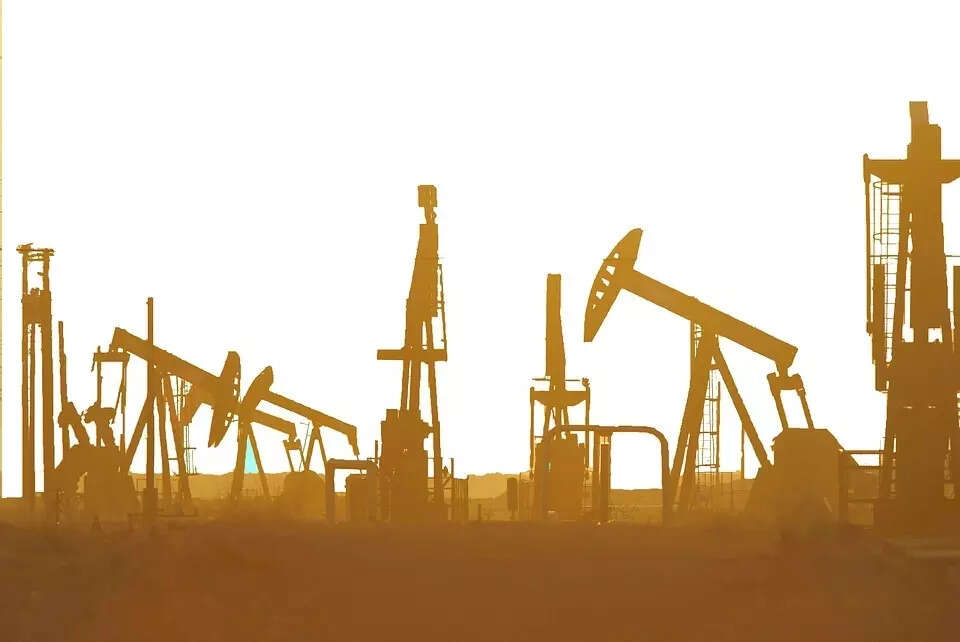
India will become the largest source of global oil demand growth between now and 2030, while growth in developed economies and China initially slows and then subsequently goes into reverse in our outlook, a latest report ‘Indian Oil Market Outlook to 2030’ released at the second edition of India Energy Week 2024 in Goa by International Energy Agency (IEA) said.
It further added that India’s role in global oil markets is expected to expand substantially over the remainder of the decade, fuelled by strong growth in its economy, population and demographics,.
According to the report, the Urbanisation, industrialisation, the emergence of a wealthier middle-class keen for mobility and tourism, plus efforts to achieve greater access to clean cooking, will underpin the expansion in oil demand.
Consequently, India is on track to post an increase of almost 1.2 mb/d, accounting for more than one-third of the projected 3.2 mb/d global gains, to reach 6.6 mb/d by 2030.
Further the report found that massive industrial expansion means that diesel/gasoil is the single largest source of oil demand growth, accounting for almost half of the rise in the nation’s demand and more than one-sixth of total global oil demand growth through to 2030.
Moreover, the Jet-kerosene demand is poised to grow strongly, at around 5.9% per year on average, but from a low base compared to other countries. Gasoline will grow by 0.7% on average, as the electrification of India’s vehicle fleet avoids a more substantial rise. LPG rounds out the growth picture, as petrochemical industry investments in production facilities boost feedstock demand.
The Indian government’s world-leading progress in bringing clean cooking programmes to its rural populations have led to LPG imports surging nearly three-fold in the past decade and further initiatives will see demand growth continue through 2030.
The report points out that the Indian oil companies were investing heavily in the refining sector to meet the rise in domestic oil demand. Over the next seven years, 1 mb/d of new refinery distillation capacity will be added – more than any other country in the world outside of China.
Several other large projects are currently under consideration that may lift capacity beyond the 6.8 mb/d capacity that we expect so far, the report added.
Further, the report said that, combined, new EVs and energy efficiency improvements will avoid 480 kb/d of extra oil demand in the 2023-2030 period.
The report maintains that Biofuels are also expected to play a key role in India’s decarbonisation of the transport sector. India’s ethanol blending rate of around 12% is amongst the world’s highest, and the country has advanced by five years its deadline for doubling nationwide ethanol blending in gasoline to 20% in Q4 2026.
India Energy Week Background
In yet another step in this direction, India Energy Week 2024 is being held from 6 – 9 February,2024 in Goa and is India’s largest and only all-encompassing energy exhibition and conference, bringing together the entire energy value chain, and will serve as a catalyst for India’s energy transition goals. The Prime Minister also held a roundtable with Global oil & gas CEOs and experts.
Encouraging and fostering startups and integrating them into the energy value chain will be an important focus for India Energy Week 2024. It is expected to witness the participation of around 17 Energy ministers from different countries, 35,000+ attendees and more than 900 exhibitors. It will have six dedicated country pavilions – Canada, Germany, Netherlands, Russia, the UK and the USA. A special Make in India Pavilion is also being organized to showcase innovative solutions which Indian MSMEs are spearheading in the energy sector.

